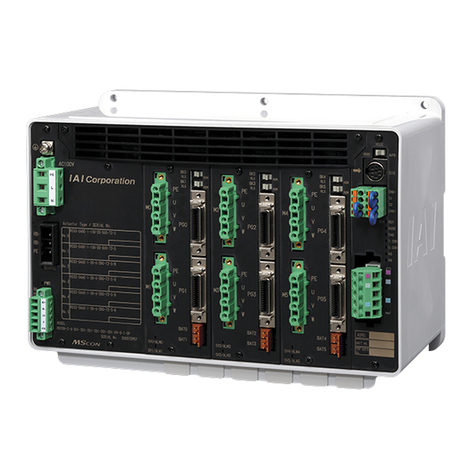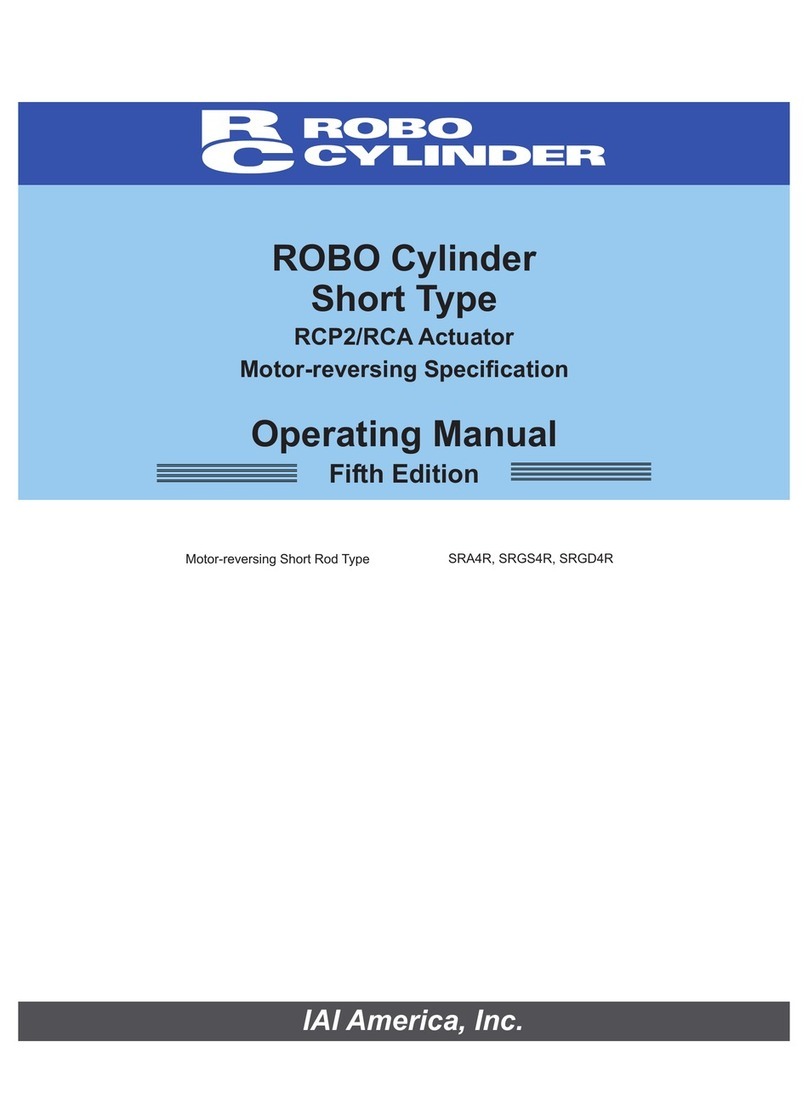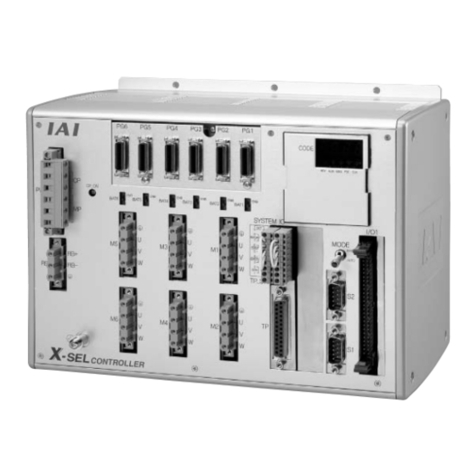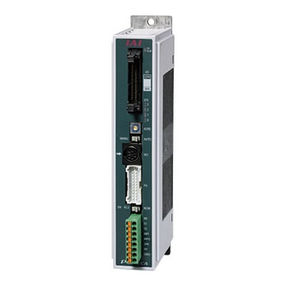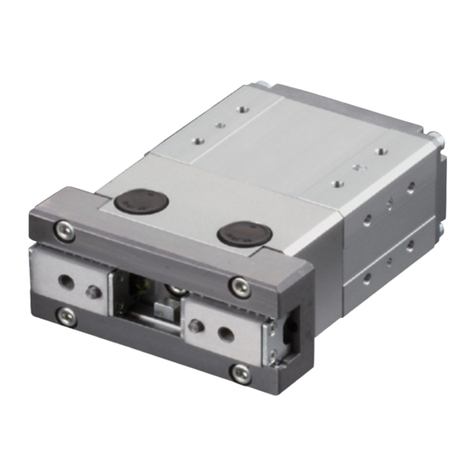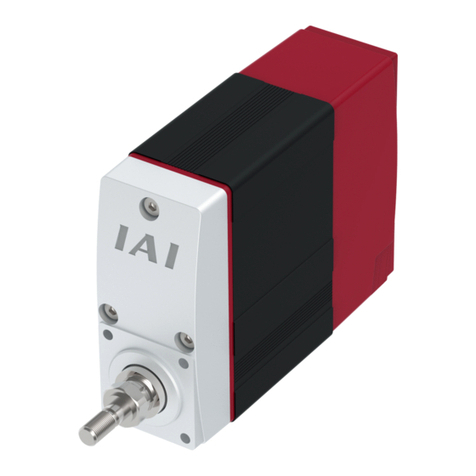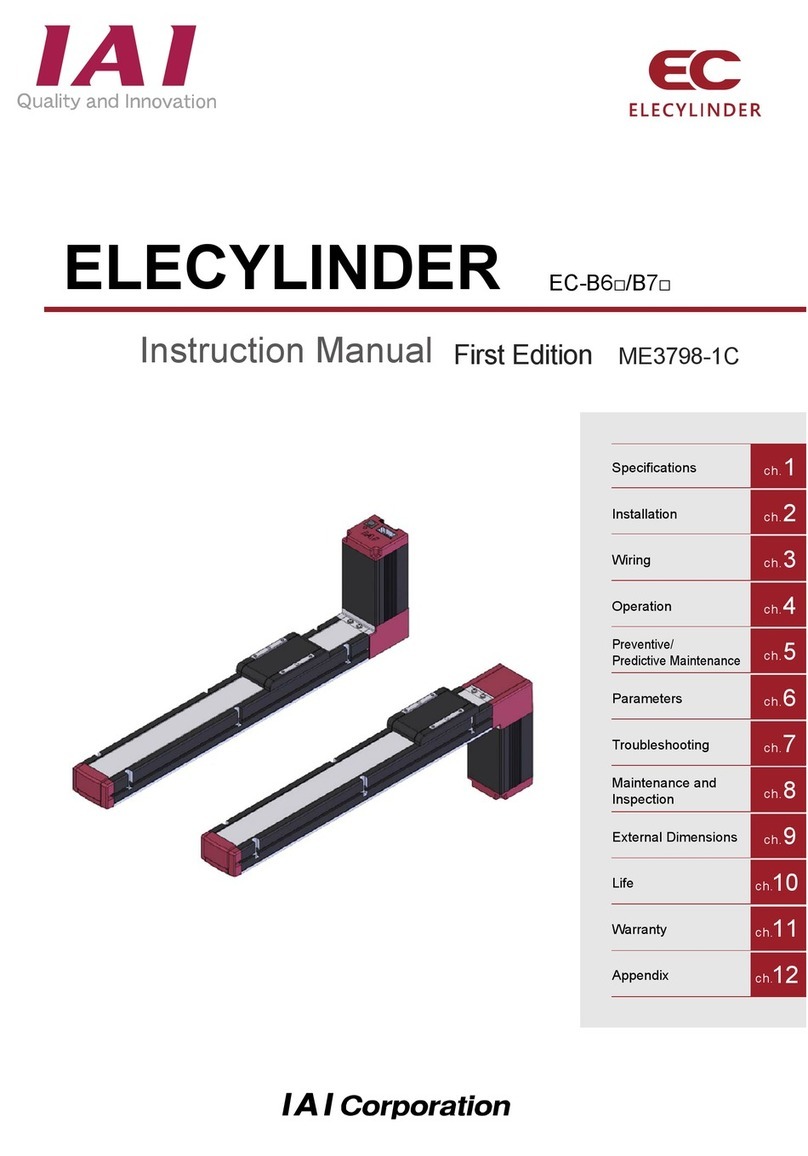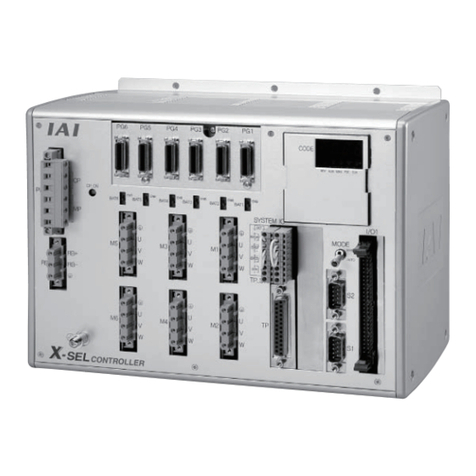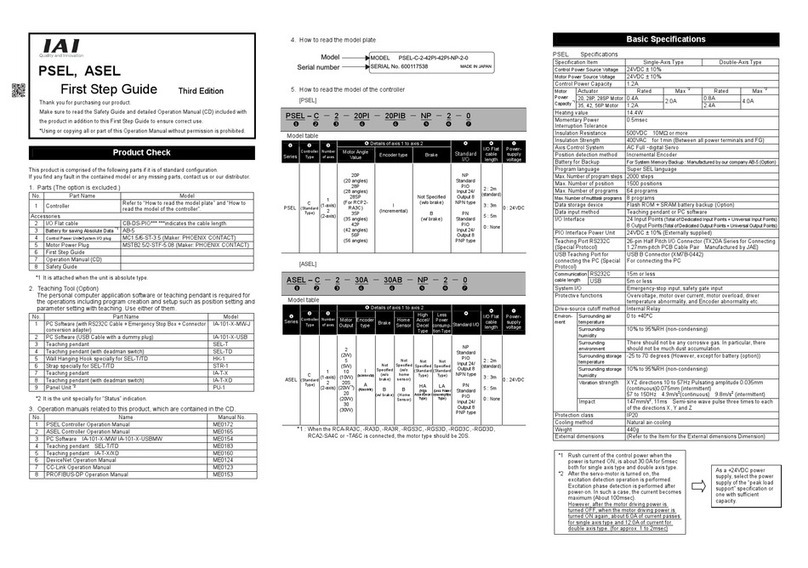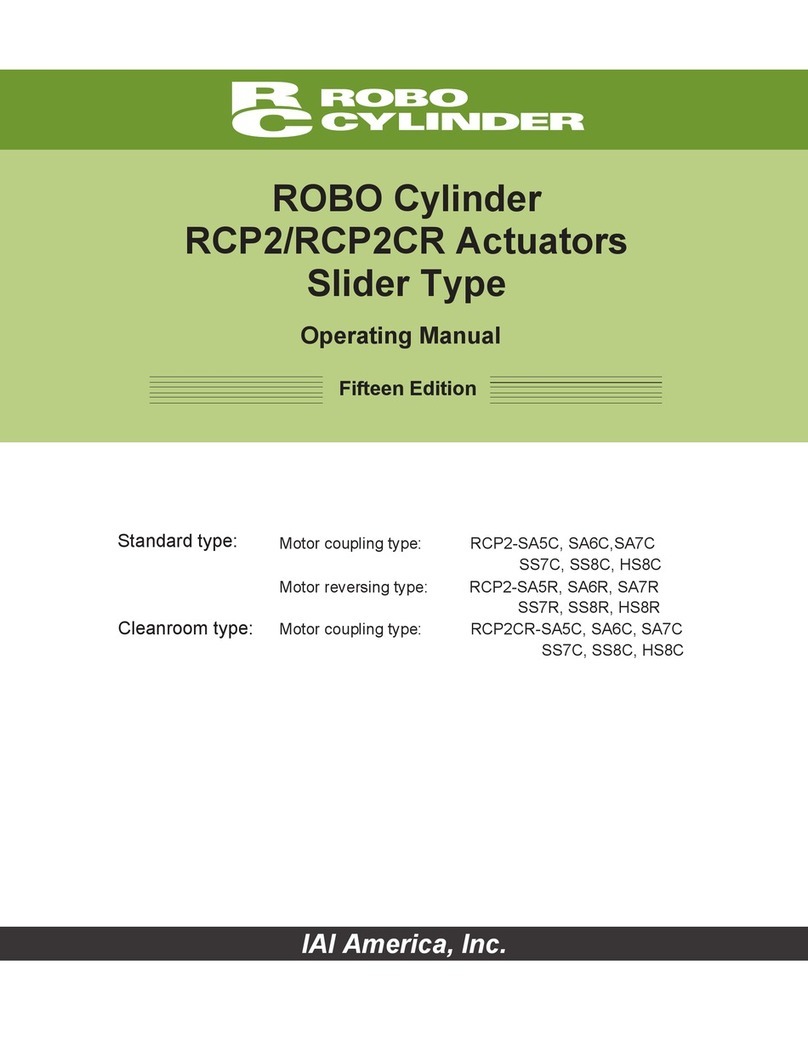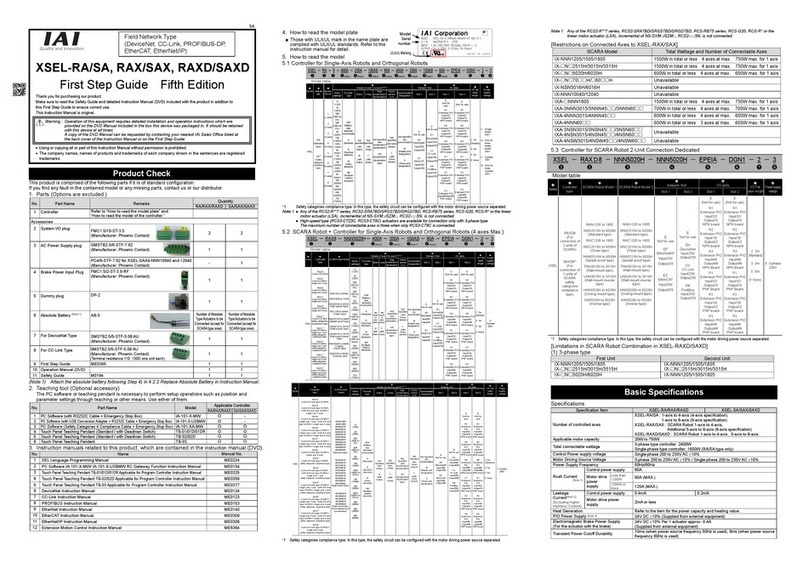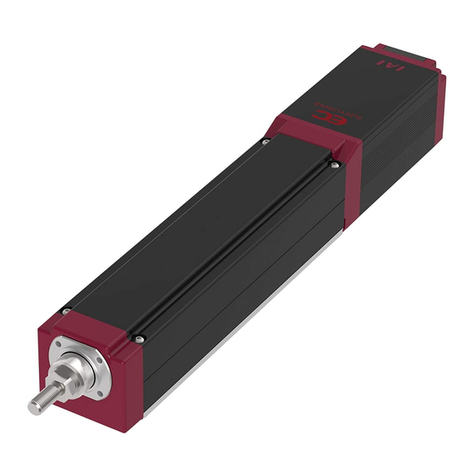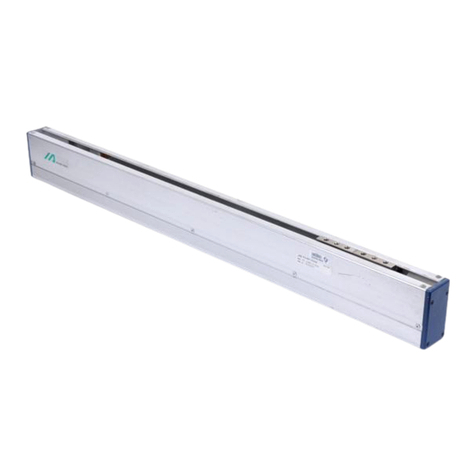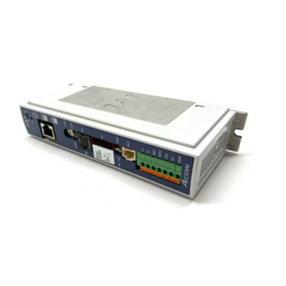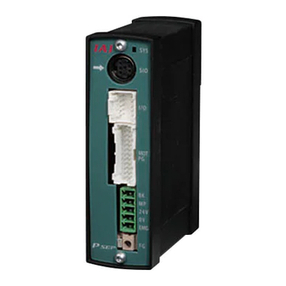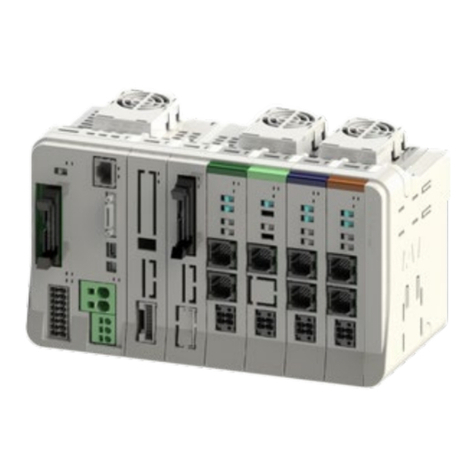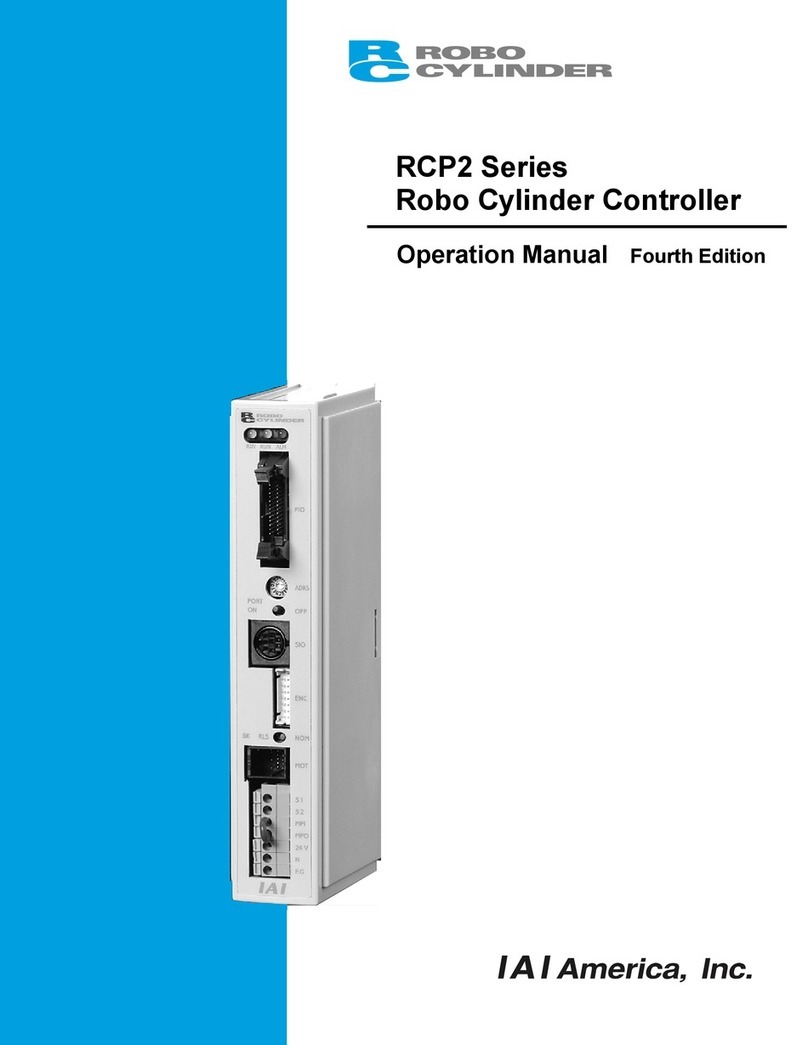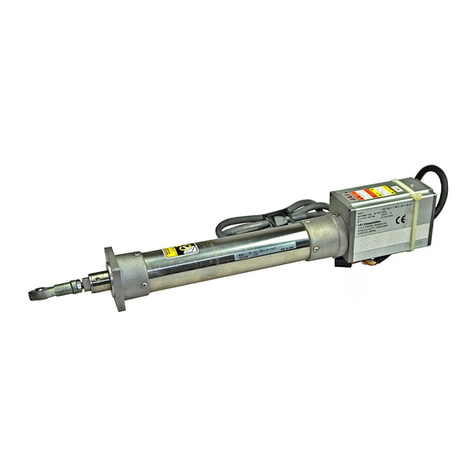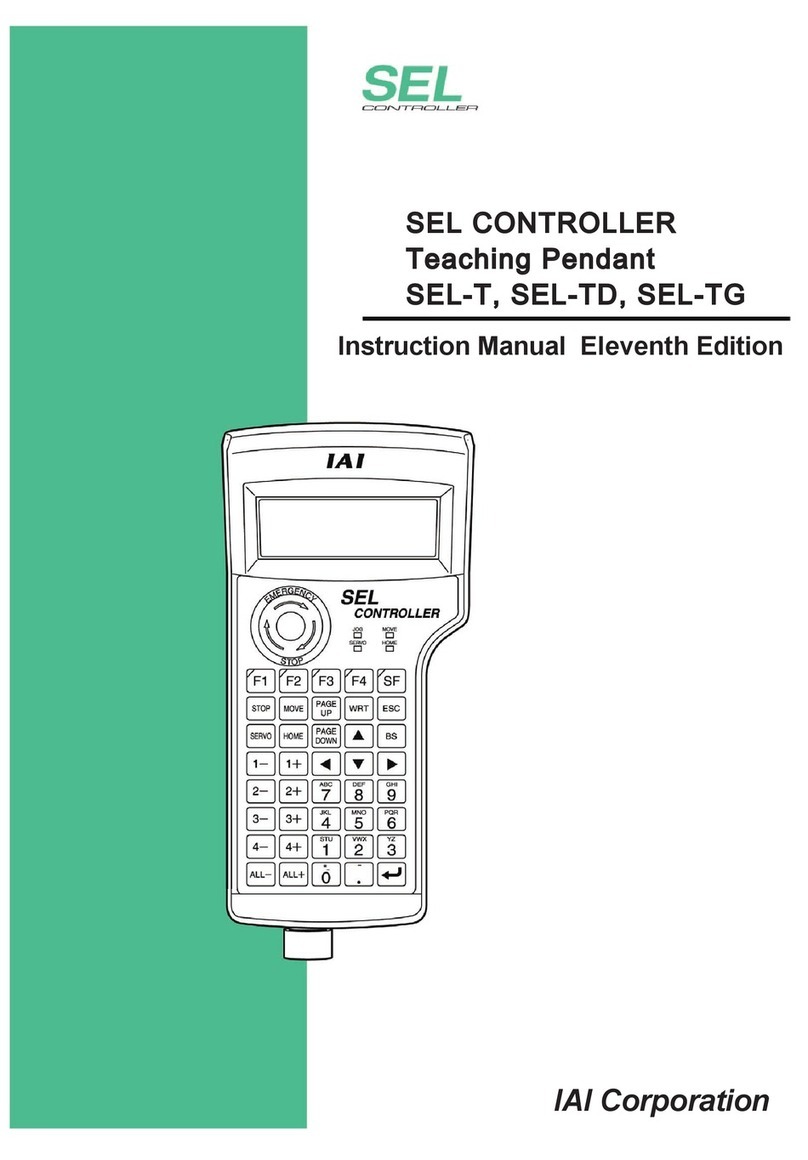INTELLIGENT ACTUATOR
●Do not step on the product, use it as a footstool or place any object on it. You may slip and fall or the
product may tip over or drop, resulting in injury. Malfunction, runaway product, etc., may also result due
to product breakdown or damage.
[Maintenance, Inspection, Repair]
●Before commencing maintenance/inspection, servicing, replacement or any other work on the product,
be sure to completely cut off the power supply to the product. Also take heed of the following
precautions:
1. Put up a sign bearing “WORK IN PROGRESS. DO NOT TURN ON POWER” or other warning
statement to that effect, to prevent a bystander from accidentally turning on the power.
2. If multiple operators work together to perform maintenance/inspection work, the operators should
always give verbal cues to one another to ensure safety before turning on/off the power or
moving any axis.
[Disposal]
●Do not throw the product into flames. The product may explode or toxic gases may generate.
Caution
[Installation]
●Do not use the product in a place exposed to direct sunlight (ultraviolet ray), dusty place or place where
air contains salt or iron powder, humid place, or in any ambience where the product may come in
contact with organic solvent, hydraulic oil containing phosphate ester, etc. If used in these places,
the product may lose its function over a short period of time or suffer rapid performance deterioration,
or the service life of the product may be reduced.
●Do not use the product in an area where it may come in contact with corrosive gases (sulfuric acid,
hydrochloric acid, etc.). The product may lose its strength due to rust.
●Provide sufficient shielding measures if the product is used in any of the following places. If proper
measures are not taken, the product may malfunction:
1. Place where large current or strong magnetic field generates
2. Place where arc discharge occurs due to welding work, etc.
3. Place where noise generates due to electrostatic, etc.
4. Place where the product may come in contact with radiation
●Do not install the product in a place subject to vibration or shock.
●Provide an emergency stop device in an easily accessible position so the device can be immediately
actuated should danger occur during operation. Failure to do so may result in injury.
●Provide sufficient maintenance space when installing the product. If sufficient space is not available,
daily inspection, maintenance and other necessary work cannot be carried out, resulting in system
shutdown or product damage.
●When transporting or installing the product, support the product using a lift or suspension equipment or
carry it with multiple operators working together, and exercise due caution to ensure safety.
●When installing the product, do not hold the moving parts or cables of the product. Doing so may result
in injury.
●Use IAI’s genuine cables to connect the actuator and controller. Also use IAI’s genuine components for
the actuator, controller, teaching pendant, etc.
●The brake mechanism is designed to prevent the slider from dropping upon turning off the power when
the actuator is installed vertically. Do not use the brake mechanism as a safety brake.
●When installing, adjusting or carrying out any other work on the actuator, put up a sign bearing “WORK
IN PROGRESS. DO NOT TURN ON POWER” or other warning statement to that effect, to prevent the
product from being powered on accidentally. If the power is turned on accidentally, injury may result due
to electric shock or sudden movement of the actuator.
